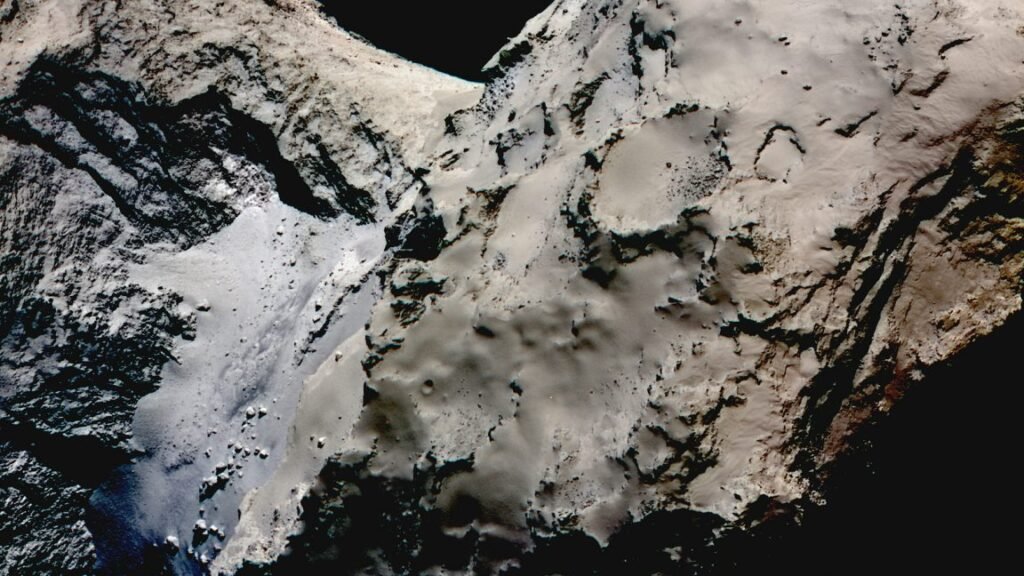Wofford said the next core stage for the Artemis III mission is about a year from leaving the agency’s Michoud Assembly Facility in New Orleans.
“To me, it shows that the SLS program is moving much more toward an operational program now,” he said in an interview. “We’re not a single-shot deal. We’ve got the next one, and then we’ve got Core Stage 3, 4, and 5 that are in production inside the factory at Michoud. So we’re up and running, fully.”
But the core stage for Artemis III, which NASA envisions as the Artemis program’s first lunar landing mission, won’t be finished when it arrives in Florida.
Boeing is outfitting the Artemis III engine section, the most complex part of the core stage, inside a formerly vacant section of the VAB. Crews will put the core stage’s propellant tanks together horizontally in New Orleans, then install the engine section and the RS-25 engines at Kennedy in a vertical orientation. Managers decided this was a more efficient way of doing the job for future SLS rockets.
Artemis III’s launch date is highly uncertain. It primarily hinges on SpaceX’s progress in developing a human-rated lunar lander and Axiom Space’s work on new spacesuits for astronauts to wear while walking on the Moon.
NASA spent $11.8 billion developing the SLS rocket, and its debut was delayed five years from an original target date in 2017. But for Artemis II, the readiness of the Orion spacecraft is driving the schedule, not the rocket.
Feeling the heat
An unpiloted test flight of the SLS rocket and Orion capsule on the Artemis I mission in late 2022 set the stage for Artemis II. But there’s a big question looming over Artemis II: Will NASA approve the Orion spacecraft’s heat shield to fly as-is, or will officials order changes that could further delay the mission?
Chunks of charred material cracked and chipped away from Orion’s heat shield during reentry at the end of the 25-day unpiloted Artemis I mission in December 2022. Engineers inspecting the capsule after the flight found more than 100 locations where the stresses of reentry stripped away pieces of the heat shield as temperatures built up to 5,000° Fahrenheit.




